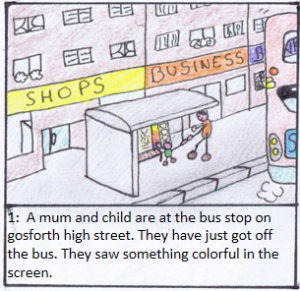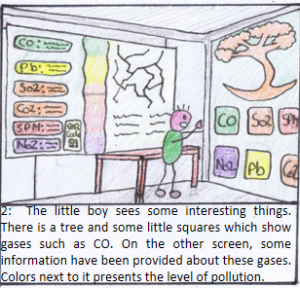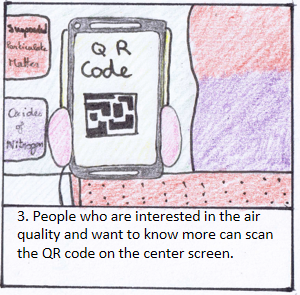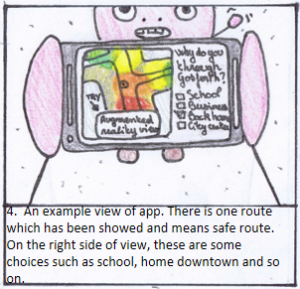Reflective log- Our Approach to user interview
This first part of the reflection log is about the planning of the the user interviews. We plan how to approach the interviewees, our goals and questions.
The second post 3.5 will be about the actual interviews and outcomes.
Who do you involve and what insights do you hope to gain?
It is important for us to understand the current situation as well as identify the key problems from the different sides.
We will be interviewing Peter Cockbain (and Heather Docherty) , who represents the city council (fair housing unit) and Sheila Spencer, who represents the community perspective. We hope to gain and insight to the perspectives of the stakeholders regarding the planning process and community involvement. At the end, we will ask each stakeholder: to make our project a success, what 3 wishes they might have in regards to improving the communication (planners and public) and community engagement.
The main goals and insights of the interviews
For Peters Cockbain interview, we plan to focus on the methods of engagement deployed by developers and councils and the evaluation of their effectiveness and outcomes.
We will ask about how they approach different groups and how they communicate with the public and the challenges that come with.
For Sheila Spencers interview, we look at the role of the user and how the community experiences planning projects and the public engagement. We will also look at their relation between the authorities and public as well as the the communication issues around this.
Method
We decided to use a Qualitative approach in users context. The key idea was to understand the practices that take place. We will focus on the existing situation and what each side perceive as the key problems. A Semi-structured interview will take place where we have a set of questions, but allow flexibility around topics and give room for open discussion. In both Interviews we try to guide the stakeholders through our questions, and to focus on the engagement and the relation between the authorities and communities.
We will ask the interviewees to sign consent forms, agreeing to be recorded for notetaking purposes.
For each interview we will have a person (or two) asking questions, and always one or more to take notes (electronically and/or paper format) as well as record.
Further Progress
Thomas and Rory have been assigned to do research for previous cases so we can gain more insight into similar situations and the implications that came along. It will give us a better understanding of old practices, the weaknesses and the opportunities.





